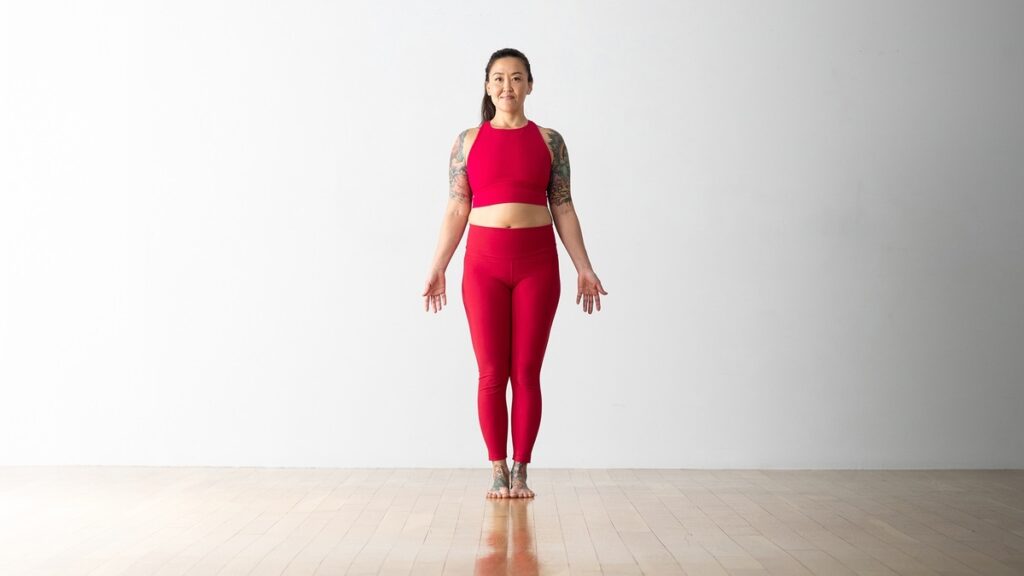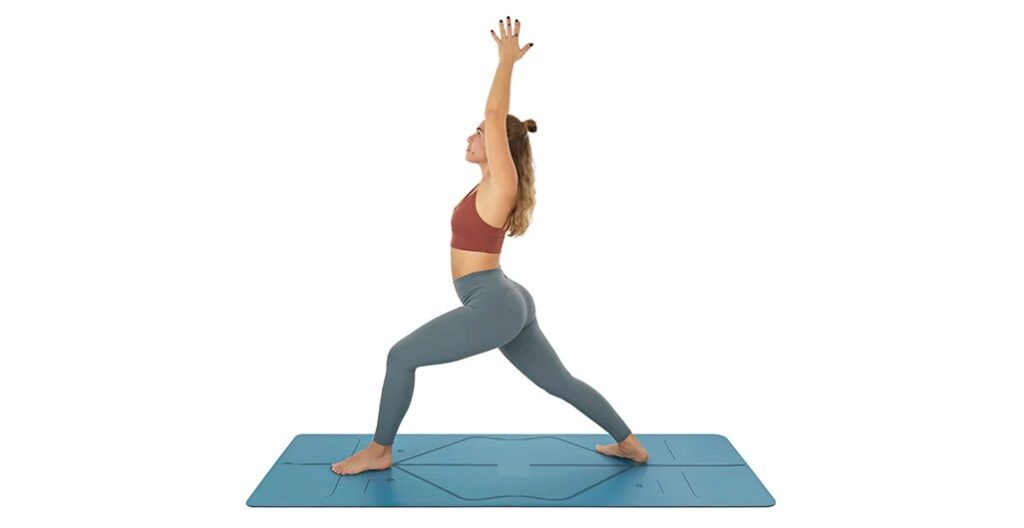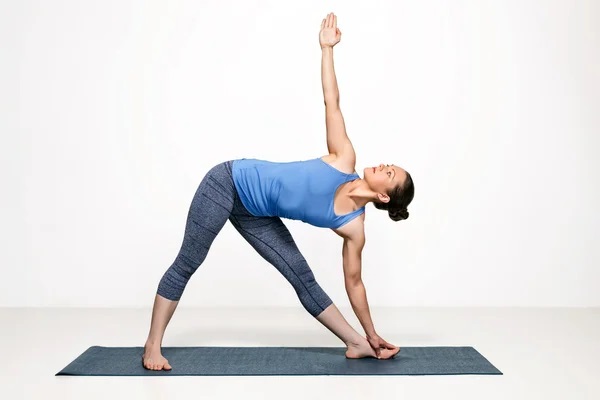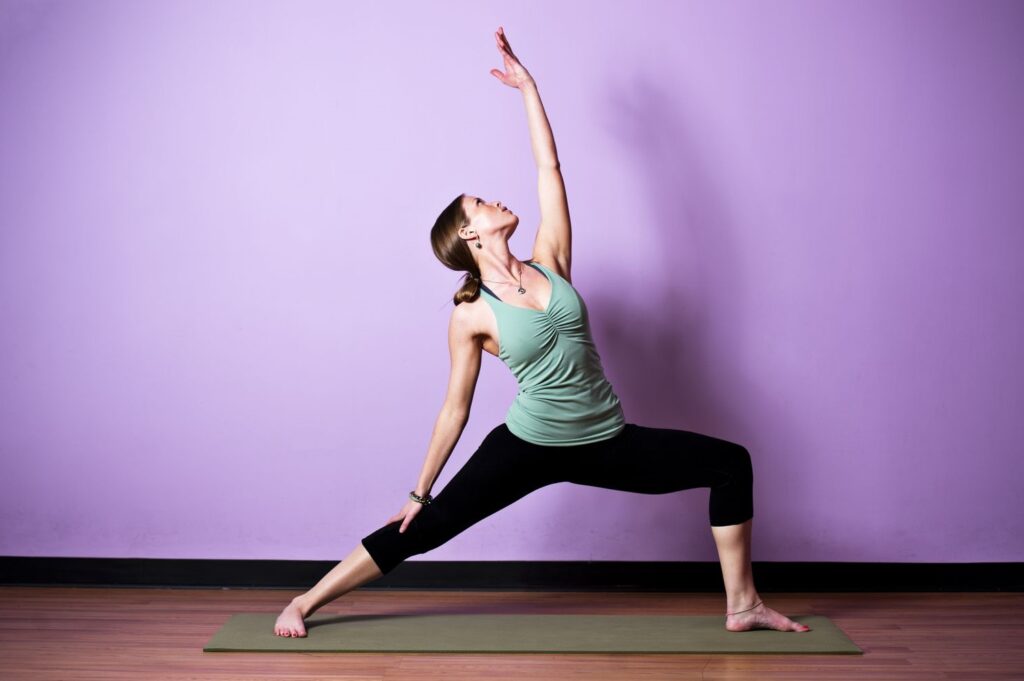Know The Detailed Information About Yoga For Beginner
As a new yoga lover, you might feel overwhelmed by the number of acts and their odd- sounding names. But yoga does not have to be complicated. However, if you want to learn yoga for beginner go out of bed this morning and stretched your arms over your head. And flash back that your yoga practice is a lifelong pursuit — giving you sufficient time to learn scores of postures.
There are numerous yoga for beginner, you feel much familiar because our bodies bend and fold naturally into acts. Mindfully and with conscious breaths, learn freshman yoga poses first. It’s a good idea to keep effects simple when you are just starting. The yoga for beginner that are outlined then are precious enough to keep you engaged for a long time. also, as you make your practice, you can take challenging yoga poses.
Keep in mind that you have to learn all these active yoga for beginner poses acts listed below.
Over Facing Canine (Adho Mukha Svanasana)

Adho Mukha Svanasana or the downcast facing canine disguise is one of the most popular yoga acts. You must have seen yogis doing this asana on Instagram and if you join a yoga class, it’ll be one of the first many acts you’ll learn. You’ll do Adho Mukha Svanasana at the morning of your yoga class and you’ll end your class with it. The Yoga for Beginner pose may look veritably introductory and easy but is deceptively challenging and complex.
Yoga For Beginner Mountain Pose (Tadasana)

Mountain pose is a foundational yoga for beginner pose that’s great for newcomers and educated yogis likewise. While Tadasana looks simply, it’s actually a veritably complex yoga pose that can help strengthen the legs, core, and back muscles to ameliorate posture. It’s also a great disguise to exercise aware breathing and to come predicated and centred. With its numerous physical and internal benefits, Tadasana is an excellent yoga for beginner pose to include in your yoga practice.
Warrior I (Virabhadrasana I)

Warrior, I (Virabhadrasana I) strengthen the legs and upper arms, improves balance and core strength, stretches the muscles around the hips. You get a good stretch of both the front and hinder ham (quadriceps and hamstrings), hips, and casket, as well as a back extension of the erector spinae muscle. It’s a hipsterism nature, which is a good cure for sitting all day. This yoga for beginner pose can be remedial if you have sciatica. It’s also an amping yoga pose, allowing better breathing and rotation.
Warrior II (Virabhadrasana II) Good Pose Yoga For Beginner

Virabhadrasana 2 (Warrior 2 pose), named after Hindu god who expressed as a mortal, enhances the strength and stamina of freshman and advanced yogis likewise. In the yoga pose, your frontal knee bends to produce a stretch in your hips, your arms engage and extend straight out from your shoulders, and your aspect, or Drishti , remains calm and steady toward your frontal hand. It’s the second of three acts devoted to Virabhadra.
Extended Side Angle Pose (Utthita Parvakonasana)

Utthita Parsvakonasana aims to stretch your chine, casket, and midriff and tones your legs and knees. However, let us explain its meaning, If the Sanskrit name sounds strange to you. Utthita means extended, parsva stands for side, and kona can be restated as the angle. In English, we call Utthita Parsvakonasana as Extended Side Angle Pose. Extended Side Angle pose opens the side of the body from the bases to the fritters, energizes the body and strengthens the legs.
Triangle Pose (Utthita Trikonasana) Yoga For Beginner

Triangle pose (Utthita Trikonasana) is a foundational yoga pose across nearly every different style of yoga. You’ll nearly clearly encounter it within your first many yoga classes and for times to come. Triangle Pose’s fairly simple set- up belies its power as a stretch for the hamstrings. Triangle disguise strengthens the legs and stretches the groin, hamstrings, and hips, and opens the casket and shoulder.
Standing Forward Bend (Uttanasana)

In Sanskrit, “ut” means violent, “tan” means to stretch or extend and “asana ” means disguise. In English, we call this Yoga pose the Standing Forward Bend. But in any language, this incredibly salutary posture is both remedial and revitalizing. In Uttanasana, your head is below your heart. This allows the unusual occasion for blood to rush to your head (rather than your bases), giving your cells an invigorating boost of oxygen.
Reverse Warrior Pose Yoga For Beginner (Viparita Virabhadrasana)

Reverse Warrior is a side bend done in a jab position. Yoga has a lot of forward bends and backbends, but a side bend is a little rarer. The intercostal muscles between the caricatures are hard to get to but they need your attention too. When going for a side stretch, it helps to reach your right arm over first and back second. The upward instigation toward the ceiling emphasizes the stretch along that side of the body. In a back- bending script, you would want to extend inversely along both sides. Once you have a nice, long side body, you can start to reach back but you may find you do not actually move veritably much. You can use this Yoga pose as part of a standing sequence.


